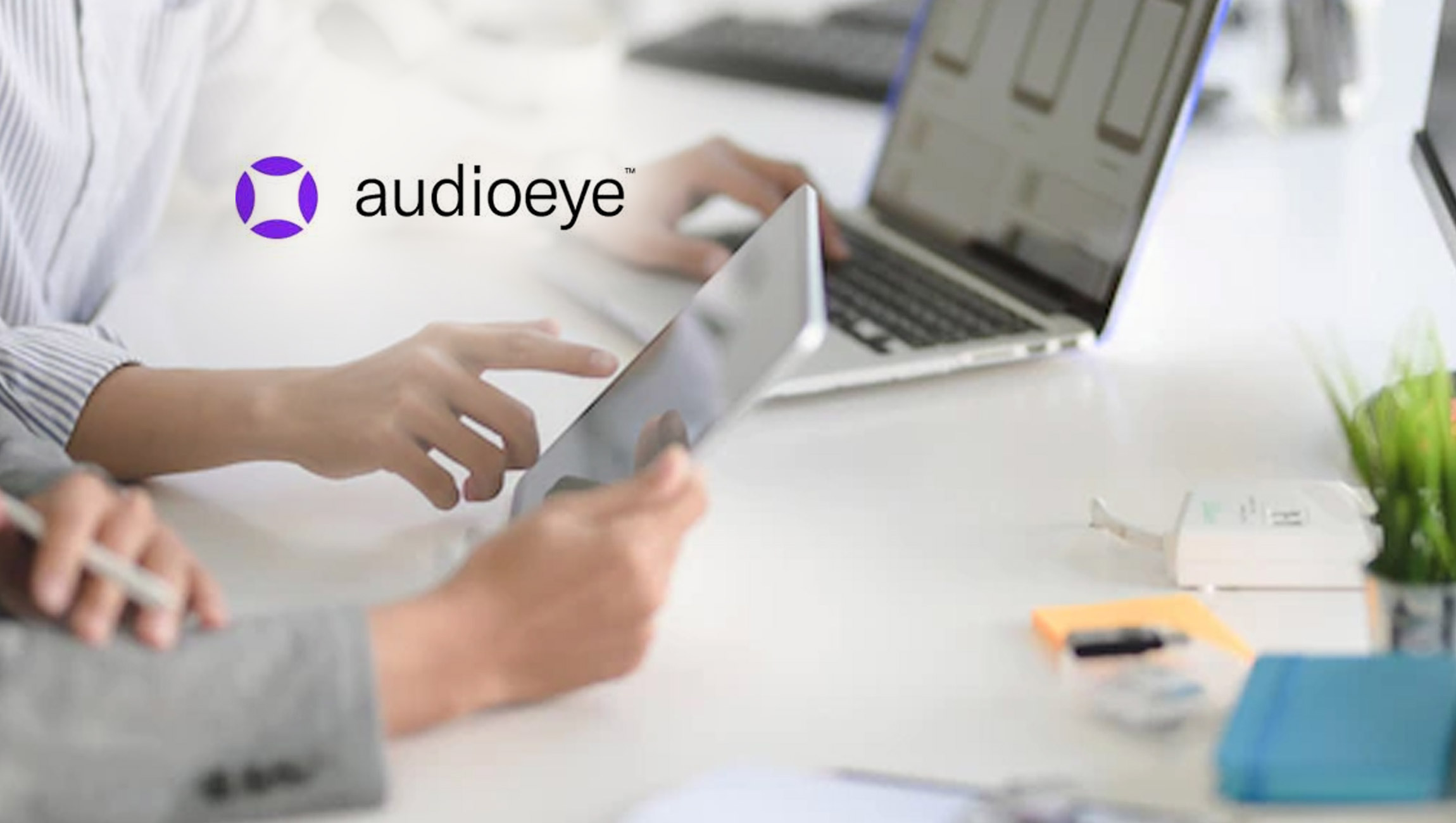Index uncovers an average of 37 errors per page on the web’s most visited websites, with significant barriers across retail, travel, and other industries
AudioEye, Inc, the industry-leading enterprise SaaS accessibility company, today released its first-ever Digital Accessibility Index, a combination of automated AI findings coupled with expert audits from members of the disability community, to identify the most common digital accessibility issues across 40,000 websites. Of the 3 billion website elements tested (i.e., images, links, headers), the findings concluded every page tested had at least one accessibility error — and the average page had 37 items that failed one of the success criteria of the Web Content Accessibility Guidelines (WCAG).
“AudioEye’s Digital Accessibility Index underscores the unacceptable reality that digital experiences are broken for people with disabilities, preventing them from accomplishing critical tasks that many of us regularly depend on, such as online shopping, banking, news access, job-related activities, and more,” said David Moradi, CEO of AudioEye. “This Index shows a clear need to approach digital accessibility with a combination of AI-driven detection and automation paired with expert audits from members of the disability community.”
AudioEye’s report found that the most frequent barriers were related to image accessibility, descriptive links, and keyboard accessibility, which can significantly impact the ability of the 1.3 billion people globally with a disability to utilize online services and experiences successfully.
Marketing Technology News: Sharethrough Partners With White Bullet To Drive A Safer, Cleaner, Higher-Performing Media Ecosystem
Key insights from the report include:
- 56% of the 32 million images scanned had faulty or missing image alternative text, making it difficult for people using screen readers to understand the full context of image-heavy pages.
- On average, each enterprise page had five links that lacked critical context for people with disabilities, making it hard to navigate between pages or know where clicking a link would take them.
- 25% of forms were missing clear labels and instructions for people with disabilities, preventing them from submitting critical information to customer service, completing purchases, and other essential activities.
In addition to the automated scan, AudioEye’s team of certified experts reviewed the top 3-5 companies in multiple industries, including government, and found significant barriers keeping users from accomplishing core site objectives, including:
Retail
AudioEye testers encountered barriers keeping them from being able to complete a purchase, such as needing to be alerted when forms in the checkout process needed to include required information. Additionally, some users experienced no alert when adding an item to the cart, leading to confusion and potentially incorrect orders.
Media
Media sites generally have more video content than other industries, yet testers encountered unlabeled video player controls, making it difficult to start, stop, or pause videos. Additionally, keyboard accessibility issues prevented keyboard-only users from clicking between articles, sometimes getting stuck in slideshows with no way to exit.
Travel
Testers encountered pop-up windows that contained no information about flights or rooms for screen reader users and no way to close the window using a keyboard alone. Additionally, vague or missing image alt text failed to paint a verbal picture that would help non-sighted users decide about rooms or amenities.
Marketing Technology News: MarTech Interview with Kala Halbert, Director of Marketing, Prophia











